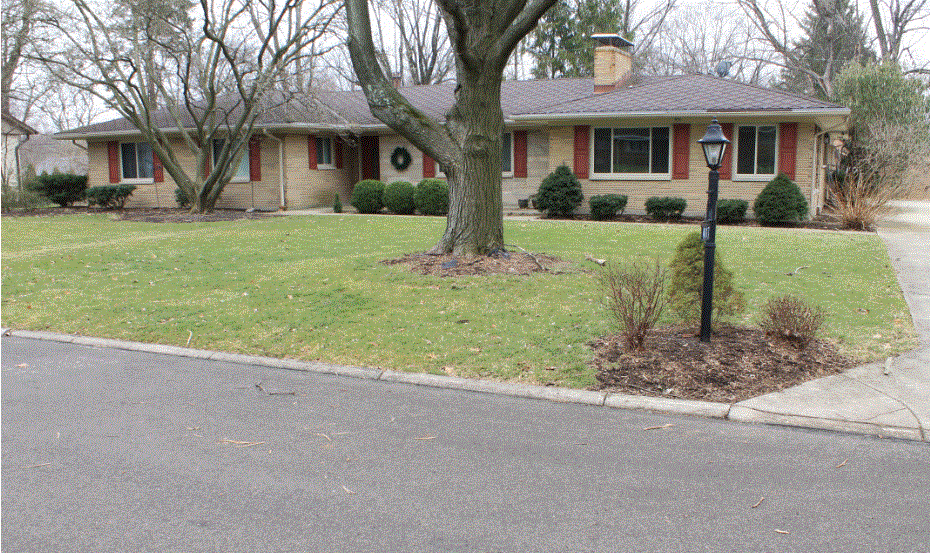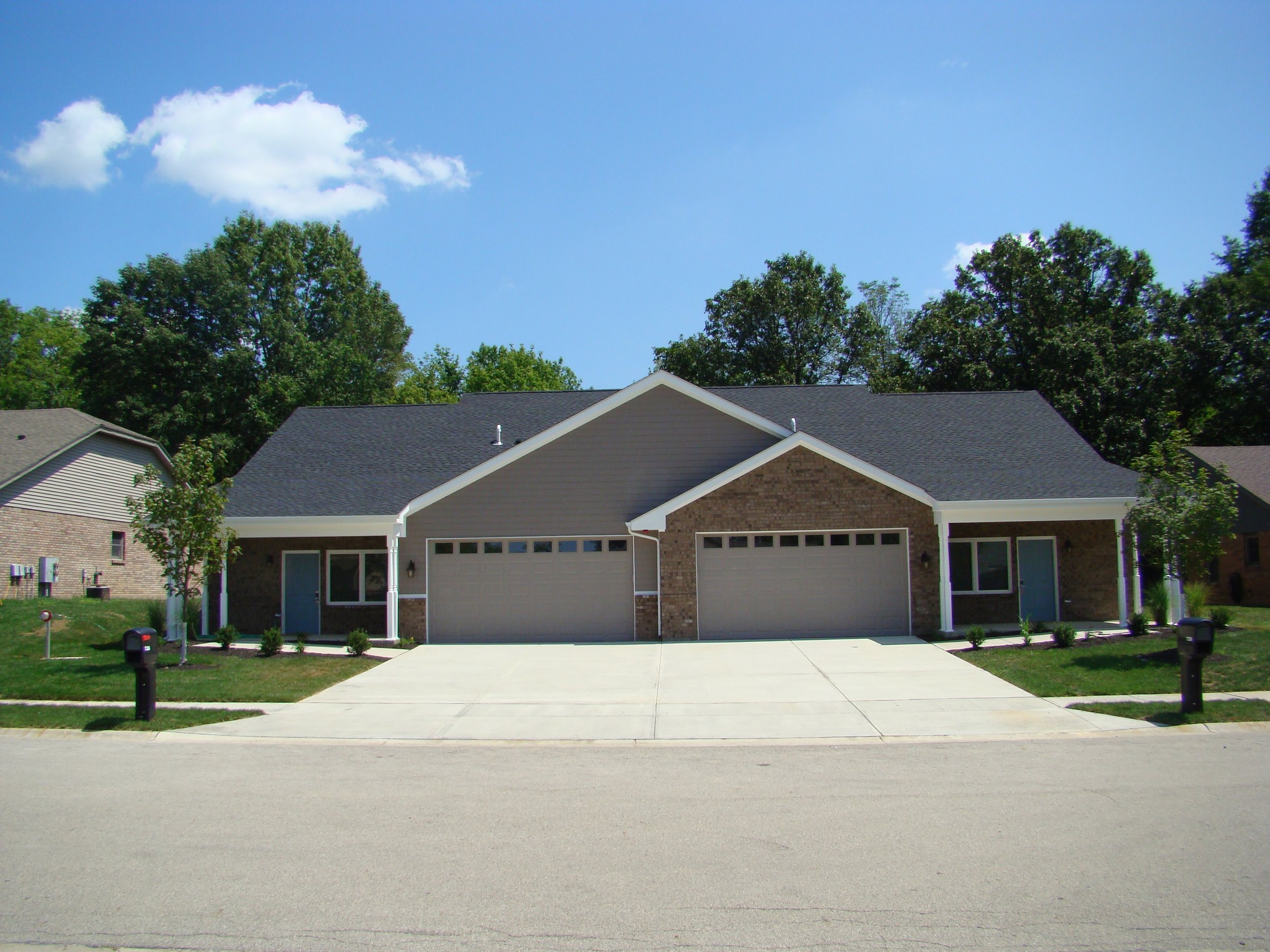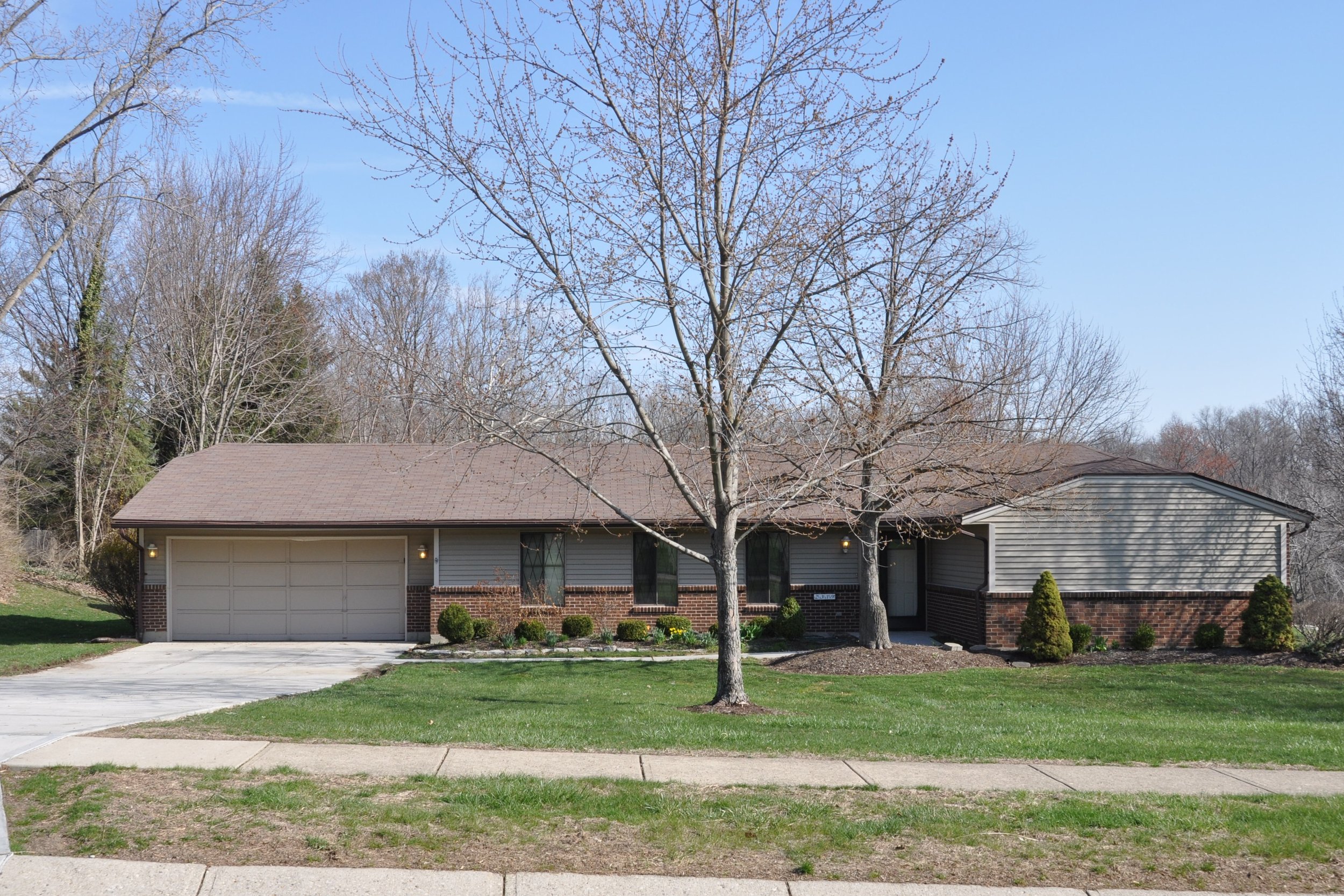
Welcome Home
Housing By the Numbers
90 properties throughout Montgomery County
150 Front Doors | 16 Emergency Shelter Beds
Offering Housing Choice to Nearly 400 Individuals
9 School Districts, 7 Apartment Buildings, 29 Duplexes
“There’s no place like home.”
-Dorothy
Housing Issues for People with Disabilities
“The Why”
-
Affordability
The average annual income for non-institutionalized Americans with disabilities who rely of SSI income that averages only about $9,156 per year - low enough to be priced out of every rental housing market in the nation. In 2021, the HUD established fair market rent for a one-bedroom apartment in Montgomery County was $647 per month – or 85% of the national average monthly SSI income for beneficiaries living independently.
-
Accessibility
For people who use wheelchairs or other mobility devices, finding housing with even basic accessibility features (e.g. an entrance with no steps) ranges from daunting to impossible. In addition, accessible units can be very costly to rent or purchase. Additional features such as widened doorways, wheel in showers are next to impossible or unaffordable.
-
Aging Caregivers
Across the United States over 850,000 people with I/DD live with an aging caregiver (age 60 and older). As this generation of caregivers continues to age, many of their adult children with I/DD may be at risk of institutionalization or homelessness due to the shortage of housing and support services.
-
Housing Discrimination
People with disabilities all too often face discrimination when seeking housing. In fact, complaints by people with disabilities often make up the majority of discrimination complaints received by HUD’s Fair Housing Enforcement Office. Multiple federal laws prohibit discrimination against people with disabilities in public and privately funded housing.
-
Availibilty
In the public housing sector, accessible housing and one bedroom houses turn over less than 3% annually. People move in and they don’t move out. For all the reasons listed above. This is the same for private sector rentals. Affordable and accessible housing are a premium. The availability of affordable, accessible housing remains far less than the need, leaving far too many people with I/DD institutionalized, homeless, or in “worst case” housing (paying too much in rent to afford other basics or living in severely inadequate conditions.













